|
As most of you know by now, I drink white and red wines all year long. My palate and mood dictate what I drink, not the seasons. However, with the warmer weather finally here, the lighter wines tend to take preference, but not always! Sipping Pinot Grigio is a treat that is savored throughout every season in my home. To quote me from an article written in 2022, “Many, many years ago, when my taste buds started developing a fine appreciation for wine, Pinot Grigio was not high on my list of enjoyable wines. I felt it lacked personality. It wasn’t until several later that I tasted Pinot Grigio from the northeastern region of Italy for the first time and had an “aha” moment. So this was how Pinot Grigio was supposed to taste! I was hooked!” Pinot Grigio, aka Pinot Gris, is a white wine grape that thrives in a cool climate. The color of the skin ranges from dark purple to pink to grayish. (grigio means gray in Italian.) It is a dry, easy-drinking wine that is clean, fresh, and aromatic. Flavors range from zesty and straightforward to complex. Typical flavor profiles of this wine include but are not limited to floral notes, green apple, lime, lemon, white stone fruit, pear, honeysuckle, bitter almond, bright acidity, and minerality. Due to Pinot Grigio’s racy acidity, it’s a versatile companion to a variety of dishes. From seafood, especially oily fish, to shellfish, white meat, light pasta, salads, and vegetable risotto, it pairs beautifully. Or, enjoy it as an aperitif! I was recently offered a few Pinot Grigio samples to review, to which I replied, “Yes, please!” So, let’s dive in! Trentino Ventessa Pinot Grigio Vigneti delle Dolomiti IGT 2023 This wine is produced by Mezzacorona, located in Trentino in the Italian Alps. The winery, surrounded by the Adige River, has been crafting estate-grown wines since 1904. Ventessa is made without chemical alteration. After the grapes are hand-harvested, they are immediately crushed and undergo a very short cold maceration in the press. The grapes are then softly pressed. The musts are then fermented for eight days. The wines are kept on the yeasts in steel tanks and are naturally low in calories and alcohol. Nose: White flowers, peach, and melon. Palate: White stone fruit, honeydew melon, citrus, and a touch of minerality balanced with crisp acidity. A light and refreshing sip! Alcohol: 9% SRP: $10.99 Pairing suggestions: Enjoy as an aperitif, or Mezzacorona suggests pairing with delicate finger foods, shellfish, medium-mature cheeses, and baked & fried fish dishes. Veneto Pasqua Black Label Pinot Grigio delle Venezie DOC 2023 My “love affair” with Pasqua Wines continues with this Pinot Grigio. Their expressive and memorable wines always please my palate. This family-run business was founded in 1925 and is located in Verona. It is led by third-generation Pasqua brothers Riccardo and Alessandro. The company has complete control over approximately 741 acres of vineyards (1/3 is estate-owned), stretching from Lake Garda to Soave. After the grapes are harvested, fermentation takes place in steel tanks. 30% of the wine ends alcoholic fermentation in French oak barrels and continues aging in Tonneaux of second use for about 3 months. I love the glass stopper! Nose: Beautiful floral notes with white stone fruit, pear, toast, and a trace of vanilla. Palate: Aromas segue onto the palate with nuanced notes of apricot, white peach, and tropical fruit. Toasty flavors and vanilla linger on the finish. It is complex, balanced, and very satisfying. Alcohol: 12% SRP: $14.99 Pairing suggestions: Pasqua suggests fish appetizers, shellfish, clams, fish-based first courses, white meats, and sushi. Friuli Venezia-Giulia Livio Felluga Pinot Grigio DOC 2023 Founded in 1956 by Livio Felluga, one of the most respected producers in Friuli, this 500-acre estate has 370 acres of wine vineyards in the Collio and Colli Orientali del Friuli. Livio is renowned for his dedication to reviving high-quality viticulture in Friuli. Livio’s son, Andrea Felluga, now continues the family legacy of producing wines of distinction. Grapes for this wine were hand-picked. After fermentation in steel vats, the wine was kept on the lees for a few months to increase its complexity, creamy texture, and suitability for aging. Once bottled, it matured in temperature-controlled rooms. Nose: A bouquet of white flowers, peach, pear, apricot, and lemon.
Palate: This wine dances with aromas that segue onto the palate. Minerality, crisp acidity, and a savory/salty dance add to this wine’s complexity. Lemon tarts and sweet apples linger on a long and fruity finish. Alcohol: 13.5% SRP: $35 Pairing suggestions: Livio Felluga noted that this wine pairs beautifully with fish, shellfish, risotto, and baked vegetables. Remember, Pinot Grigio is not just a summer indulgence; it’s a year-round delight. Its crisp, clean taste is a perfect match for any season, whether it’s a warm summer day or a cozy winter evening. So, next time you are offered a glass of Pinot Grigio from northeastern Italy, say, “Yes, please!” Until next time… Cheers! Penina To leave a comment or if you have an inquiry, please contact me at [email protected] Many years ago, when my taste buds started developing a fine appreciation for wine, Pinot Grigio was not high on my list of enjoyable wines. I felt it lacked personality. It wasn’t until quite a few years later that I tasted Pinot Grigio from the northeastern area of Italy for the first time and had an “aha” moment. So this was how Pinot Grigio was supposed to taste! I was hooked! Pinot Grigio, aka Pinot Gris, is a white wine grape that thrives in a cool climate. The color of the skin ranges from dark purple to pink to grayish. (grigio means gray in Italian.) Pinot Grigio is grown throughout Italy and in other countries. However, some of the best expressions of this wine come from the finest areas in northeastern Italy, most notably the production area of Triveneto, with particular attention to Veneto, Friuli-Venezia Giulia, and Trentino-Alto Adige. The climate in the Triveneto area is conducive to growing Pinot Grigio with its micro-climates and terroirs. Surrounded by water and mountains with the Alpine arc to the north, the Adriatic Sea to the east, and Lake Garda to the west, mother nature has formed a perfect scenario for creating cooler temperatures and ventilating breezes, along with sharp fluctuations in day to night temperatures that contribute to the concentration of high acidity, complexity, and aromas in the grapes. In 2016, Pinot Grigio attained DOC status in the geographical area of Veneto, Friuli-Venezia Giulia, and Trentino for the production of Pinot Grigio Delle Venezie DOC. The DOC Delle Venezie covers almost 28 thousand hectares of vineyards, encompassing the entire northeast area of Italy, The Consorzio Delle Venezia DOC, headquartered in Verona, was established in April 2017 with the following mission: 1) Defend and protect the production of Pinot Grigio Delle Venezia DOC for the benefit of the thousands of winegrowers who have invested in the variety. 2) Protect the consumer and guarantee high-quality wine standards through a certification system and a government seal on every bottle with a traceability tool. (look for the seal on the neck of the bottle) 3) Maintain control and a shared vision of the world’s most extensive area for Pinot Grigio production, its homeland. As of July 2022, there are 6,141 winegrowers, 575 winemakers, and 371 bottlers within the DOC Delle Venezie. The Consorzio said, “85% of the Italian production of Pinot Grigio, the first in the world for volume, is produced in the Triveneto, while in turn, the Italian production of Pinot Grigio represents 43% of the world production: the DOC of the Venezie region, therefore, represents a large slice of the Pinot Grigio world supply.” Concerning exportation, 96% of bottled wine is exported to countries such as the USA (40%), the UK (27%), and Germany (10%). Pinot Grigio is a dry, easy-drinking wine that is clean, fresh, and aromatic. Flavors range from zesty and straightforward to complex. Typical flavor profiles of this wine include but are not limited to floral notes, green apple, lime, lemon, white stone fruit, pear, honeysuckle, bitter almond, bright acidity, and minerality. Here are two samples of Pinot Grigio. Santa Sofia Antichello Pinot Grigio Delle Venezie DOC 2020 Production area: Veneto Nose: Fruity bouquet with floral and green apples up front. Palate: Nectarine, green apples, and lime, with bright acidity. Alcohol: 12% Ca’Duso Motolo Pinot Grigio Delle Venezie DOC 2020 Production area: Municipality of Costabissara (Vicenza) Nose: Floral, melon, apples, minerality Palate: Zesty acidity with white stone fruit and minerality Alcohol: 12.5% Food Pairings Due to its racy acidity, any seafood (especially oily fish) or shellfish will pair well. Also, white meat, light pasta, salads, and vegetable risotto pair nicely. Or, enjoy it as an aperitif! Pinot Grigio is a perfect sipper for any occasion and any time of the year. Look for the certification seal on the neck of the bottle and treat yourself to a taste of the only Pinot Grigio I drink! Your palate will thank me! Until next time... Cheers! Penina This is a sponsored article written for the Consorzio DOC delle Venezie for which I received compensation.
To leave a comment or if you have an inquiry, please contact me at [email protected] This story was originally published on Santé Magazine. There are many interpretations and symbolisms throughout the world concerning the dragonfly. In some cultures, it represents transformation and exemplifies the light and joy we should be embracing. In other cultures, the dragonfly signifies good luck and is perceived as being magical. In some parts of the world, it is believed that if you encounter a dragonfly, positive transformation is on the way, and you are about to emerge forever changed and much wiser. The dragonfly has a short life of approximately six months, and in some cultures, it represents that one must live life to its fullest. For me, dragonflies are magical and have played an important role in my life for many years. In fact, I have one tattooed on my ankle! But that is another story. So, what does all of this have to do with wine? It begins with a talented winemaker and entrepreneur, a beautiful bottle and label, and of course, the wine! Piera Martellozzo is an established winemaker and entrepreneur with three generations and over a century of history behind her. In 1899 Piera’s grandfather, Giovanni, founded Winery Piera Martellozzo in Padua province, located in northern Italy’s Veneto wine region. Piera’s father, Mario, is credited for developing the winery. In 1992, Mario passed the baton and entrusted Piera with managing the family’s small wine estate. Twenty-nine years later, under the guidance and tenacity of Piera, the winery has grown and expanded to include premium vineyards in Friuli Venezia Giulia, Veneto, and Trentino. With a focus on indigenous grapes, high-quality vineyards, and sustainability, including an organic wine range introduced in 1998, Piera has stood behind her mission to produce quality wines. She focuses on blending traditional production methods with acknowledgment of contemporary times and the future. Piera’s emphasis was initially on the production of Prosecco, but she eventually expanded her repertoire to include a more diverse “wine” menu. Her expansion included Friuli Venezia Giulia, a wine region known for its white wine production. In San Quirino in Pordenone province, she purchased a comprehensive winery, which is now home base. Through a virtual conversation, I asked Piera to share her story behind the inception of the Blu Giovello brand and the dragonfly’s symbolism. Piera: “Blu Giovello brand came to life 25 years ago from a four-hands project between our winery and our US importer, with whom we are still working! His expertise in the US market and our contribution of wine and ideas allowed us to develop a very successful brand. What we wanted to convey is a symbol of Italian style, made in Italy. Speaking of the single details, the origin of the name Giovello comes from the combination of the Italian words Giovane (young) and Bello (beautiful). The flying dragonfly is a symbol of harmony and prosperity. I wanted to put all the lightness, joy, and elegance of the dragonfly as an invitation to celebrate life and freedom from conventions. Blu refers to the wine’s origins. The blue color of the bottle refers to one of Italy’s typical colors, reminding us of the intense color of the sky and the waves of the Mediterranean Sea.” The brand’s wines have increased by 35% over the last five years and 90,000 cases sold worldwide. In addition to the Pinot Grigio DOC and Prosecco DOC Frizzante that I received, the Blue Giovello line also includes Prosecco DOC Extra Dry Spumante, Prosecco Rosé Sparkling, a still Rosé, and a still and sparkling Moscato. Reviews Blu Giovello Pinot Grigio DOC Delle Venezie
The grapes for this wine are 100% Pinot Grigio and are sourced from vineyards at 656 ft. above sea level. Delle Venezie is widely known for its production of light and crisp Pinot Grigio. Fluctuation in temperature between day and night adds to the development of aromatics in the skin. And the breezy and cool climate coming from the Alps help to maintain fresh acidity in the wines. Aromas: Citrus, pear, and a hint of floral Palate: Tart apples, melon, and a touch of white stone fruit. It is refreshing, crisp, and light. Serve with soft cheese, grilled chicken, or seafood. Alcohol: 12% SRP: $9.99 Piera said, “It is simply a must-have!” Blu Giovello Prosecco DOC Frizzante This wine is made with 100% Glera grapes sourced from the hills between the Dolomites and Venice in the Prosecco DOC area of production. The vineyards are at 1312 ft. above sea level. Situated between the Adriatic Sea and the Dolomites, the vineyards enjoy a unique microclimate that contributes to this wine’s characteristic flavors. The Charmat method is used for production, with the second fermentation taking place in stainless steel tanks for about one month. Aromas: Floral and fruit with apples and citrus Palate: Fine bubbles, peach, lemon zest, apple, and toast with a hint of minerality and crisp acidity. Serve as an aperitif or with light fare. Alcohol: 11% SRP: $11.99 Piera said, “It is the flagship of Italian sparkling wine!” Before Piera and I said our virtual good-byes, I asked her how climate change and Covid have impacted her and the challenges she might be facing in the vineyards and winery. Piera on climate change: Climate change is affecting all of us. We were among the first wineries to embrace a sustainable approach. We have been investing for more than twenty years in sustainable viticulture, believing in its huge potential: avoiding chemicals as much as possible, respecting the land and the vine. We were among the first in Italy to invest in a green productive process; we have always embraced technology that will enable us to preserve each wine’s typical features, such as using microfiltration. Furthermore, over the years, we have installed a photovoltaic system that allows us to produce almost all the energy we need in the production processes. We have created a water treatment plant that allows us to depurate the wastewater coming from the production process so that it can be used again, and we have chosen to use lighter bottles. Our sustainable approach also involves packaging. When possible, we use recycled materials.” Piera on Covid: “Working with both the on- and off-trade channels, we were able to close 2020 at the same level as 2019. We have seen an increase in sales on the off-trade channel and monopolies (Canada and Sweden) and an inevitable decrease in the on-trade sales. We embraced all the challenges requested in order to offer the best safeguard conditions for all our team. We provided masks and made sure there was enough space for everybody to carry out their work in a totally safe environment, and we adopted home working for all those who could work from home. The winery is the people, they are the beating heart of it, and we have to preserve it.” Piera also spoke about the future. “A lot has been done already, but we still have much to do to keep up with the best green standards. The winery aims to keep prioritizing this aspect through investments, granting both wine quality and the sustainability of production processes that respect the environment and the people involved. We give thanks to what the land offers, and we owe her the greatest respect.” With spring around the corner, these are delightful and light wines to enjoy while sitting outside and watching the dance of the dragonflies! Until next time... Cheers! Penina To leave a comment or if you have an inquiry, please contact me at [email protected] |
Categories
All
|

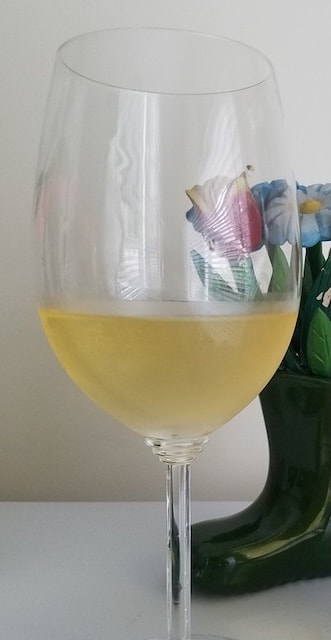
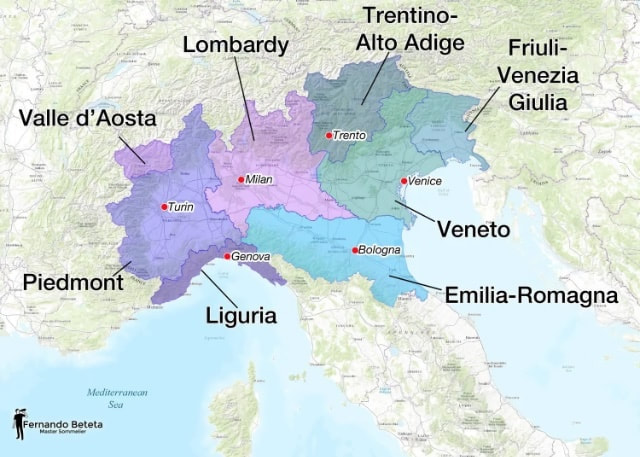
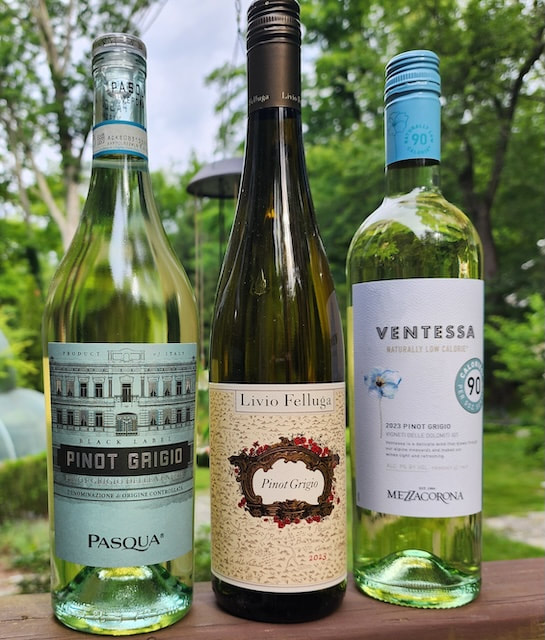
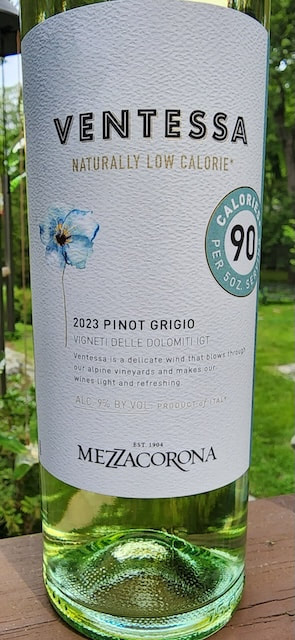
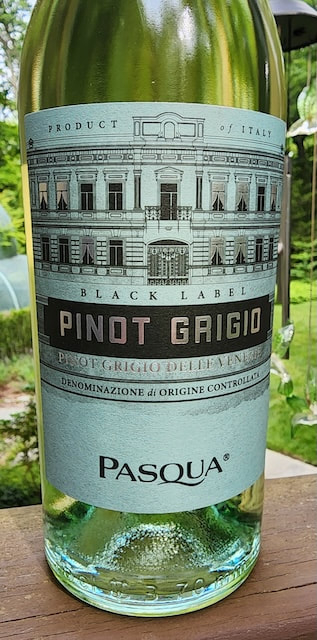
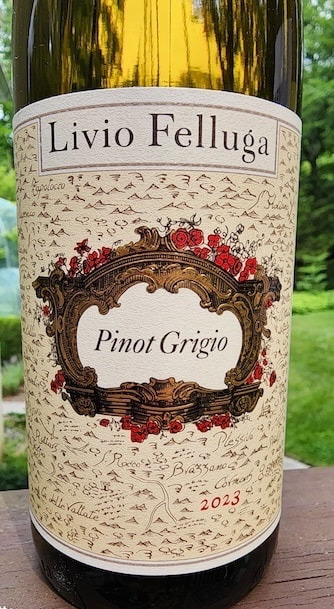
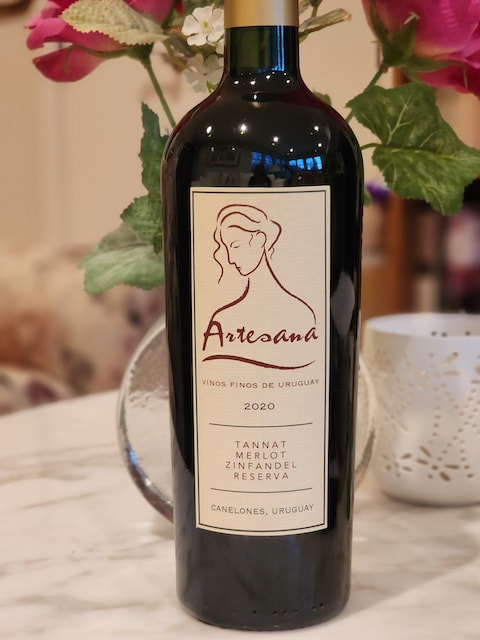
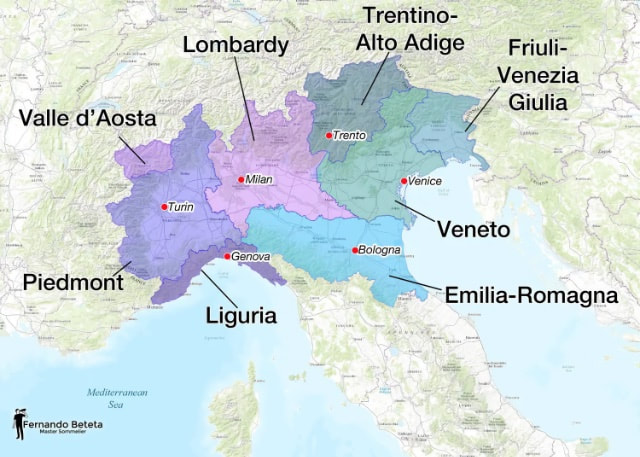
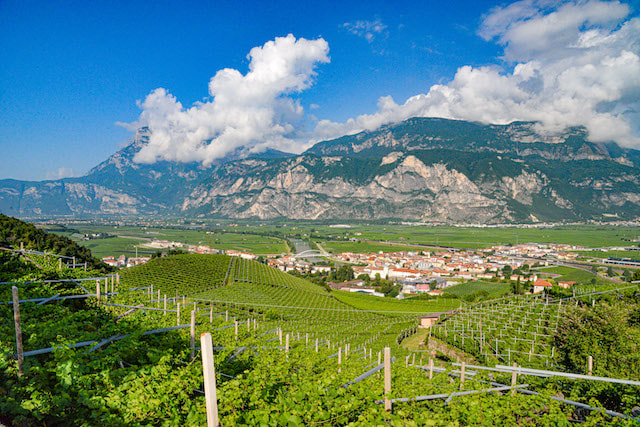
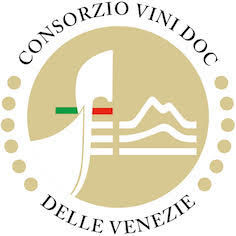
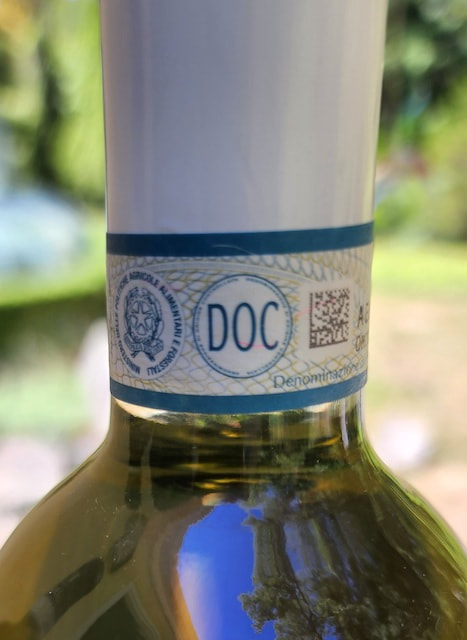
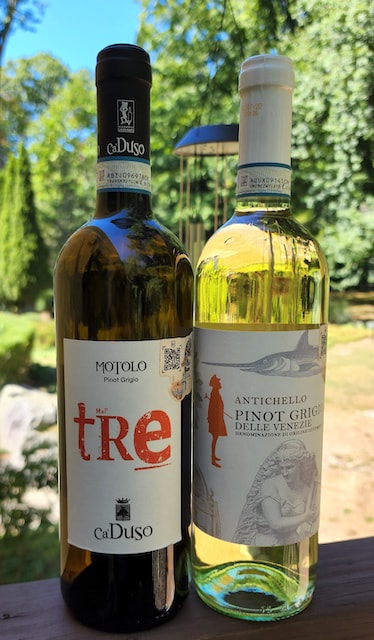
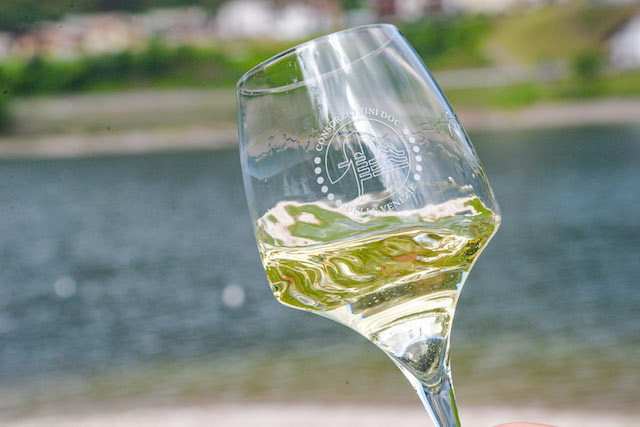

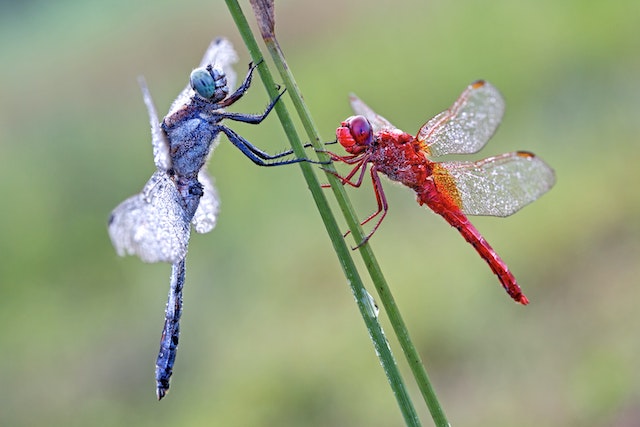
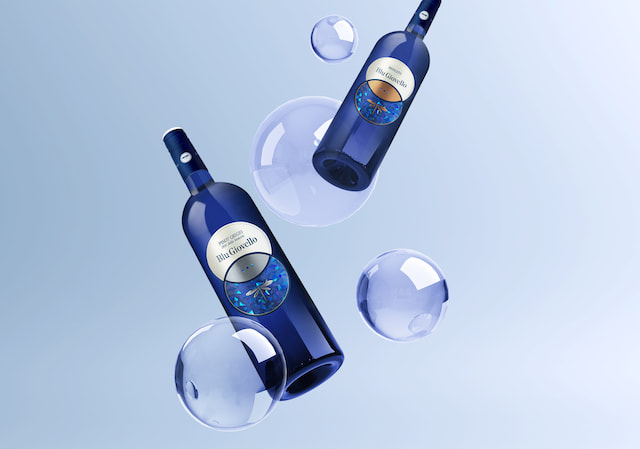
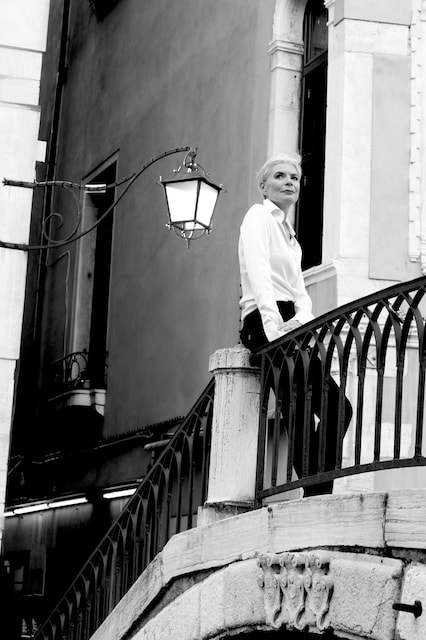
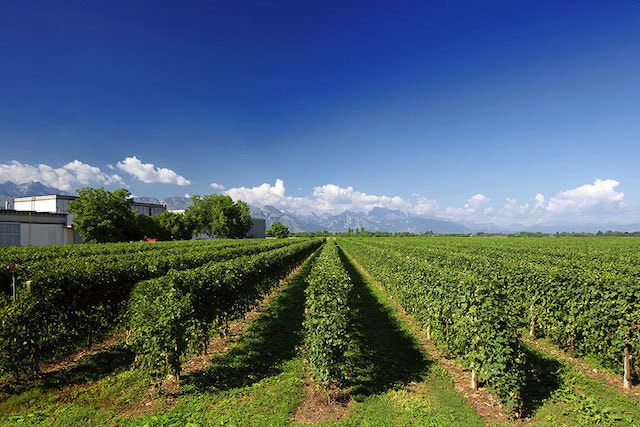
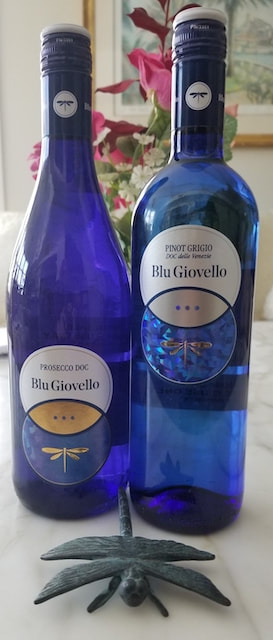
 RSS Feed
RSS Feed